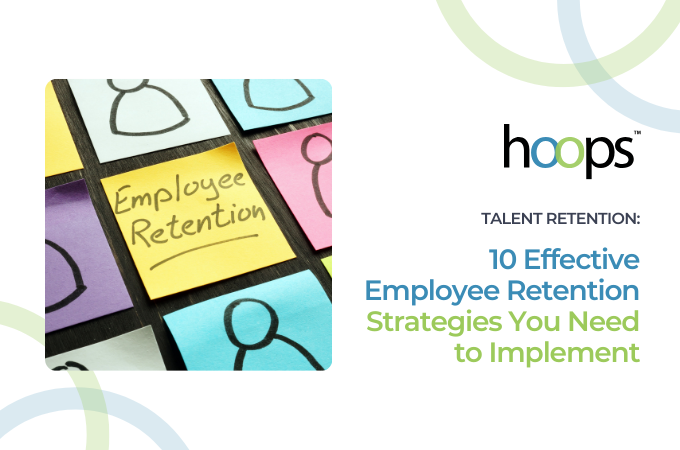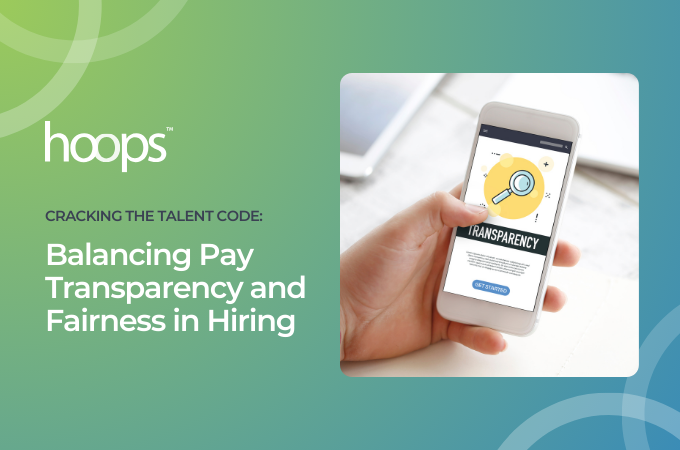Understanding HR Analytics
In the bustling metropolis of human resources, HR Analytics is the high-tech GPS system guiding companies towards better decision-making. It's like the North Star for HR professionals, illuminating the path to improved employee management. Instead of celestial light, however, it offers valuable insights derived from employee data.
HR Analytics, also known as People Analytics, involves the systematic collection, analysis, and interpretation of employee data. It's not just about crunching numbers—it's about understanding the story those numbers tell.
From recruitment metrics to performance indicators, to employee satisfaction surveys, HR Analytics covers a broad spectrum of data points that can help a company optimize its human resources.
It's the key to unlocking the treasure trove of data that companies collect about their employees. It's the bridge that connects raw data with actionable insights.
The Impact of HR Analytics on Employee Retention
Picture yourself as a seasoned HR professional, tasked with reducing employee turnover. Where do you start? You'll likely need to understand the reasons behind employee departures, and that's where HR Analytics shines—it's the compass that points towards the underlying issues affecting employee retention.
A robust HR Analytics strategy can help identify patterns and trends in employee behavior, predict which employees are most likely to leave, and uncover the factors that influence retention. It's like having a crystal ball that reveals the inner workings of your workforce.
According to a study by IBM, companies that apply analytics to workforce management are 56% more likely to enjoy better-than-average retention rates. It's not just a fancy tool—it's a strategic weapon that can significantly impact a company's bottom line.
It's the lighthouse that guides HR professionals through the stormy seas of employee turnover.
Implementing HR Analytics in Your Retention Strategy
Implementing HR Analytics in your retention strategy is like planting a garden—it requires the right tools, a bit of know-how, and a lot of patience. Here's a basic blueprint to help you get started:
- Begin with a foundation of reliable, clean data. This is the soil in which your analytics garden will grow.
- Plant seeds of key performance indicators and metrics. These are the questions you want your data to answer.
- Water your garden with regular data collection and analysis. This is the ongoing effort that will bring your analytics garden to life.
- Finally, prune and adjust as necessary. This is the process of refining your strategy based on the insights you gain.
Remember, the most effective HR Analytics strategies are tailored to your company's unique needs and goals. So don't be shy about customizing your approach!
Whether it's focusing on specific departments with high turnover rates or analyzing the impact of your latest employee engagement initiative, the possibilities are endless. It's about turning data into a strategic asset that can drive decision-making and improve outcomes.
Case Study: Successful HR Analytics Strategies
Google's People Operations team used HR Analytics to develop a predictive model that helped them identify which employees were most likely to leave. This allowed them to proactively address retention issues before they resulted in turnover.
Another example is IBM, which used HR Analytics to predict employee attrition with 95% accuracy. They also developed a 'Proactive Retention' program that identified employees who were at risk of leaving and suggested interventions to keep them on board.
In conclusion, HR Analytics is a powerful tool in employee retention, offering valuable insights that can help companies keep their best talent. So grab your data shovel and start digging!






